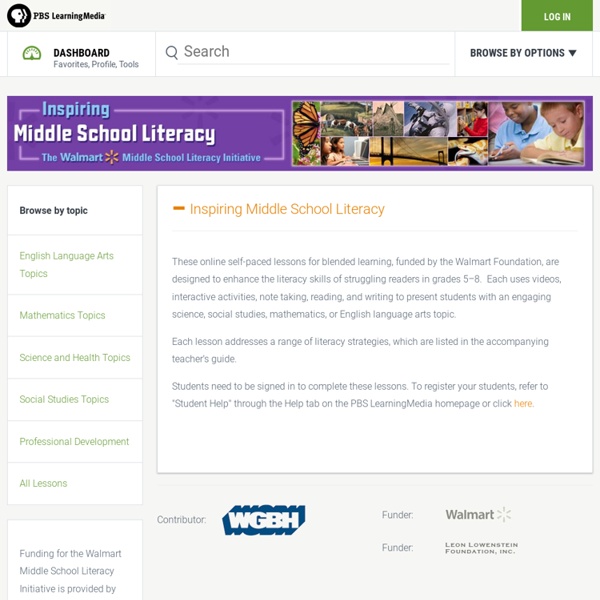



The 8 Elements Project-Based Learning Must Have If you’re contemplating using Project-Based Learning or are already trying out the latest craze to hit the modern classroom, you should know about this checklist. It details if you’re actually doing it correctly. For example, does your project focus on significant content, develop 21st century skills, and engage students in in-depth inquirty (just to name a few)? See Also: What Is Project-Based Learning? The checklist is by the PBL masters over at BIE and they’ve outlined 8 different ‘essential elements’ that must be present in a project in order for it to be considered PBL. These elements are actually useful for even more than PBL. What do you think about this PBL Checklist? Via TeachBytes and BIE.org
8 Characteristics Of Education 3.0 Something “point-oh” has entered the modern vernacular as a response to our digital world. Unlike physical “stuff,” digital stuff is more fluid–constantly iterating and evolving at often breakneck speed. It’d be difficult to suggest that public education is doing much of anything at breakneck speed, but the idea behind this presentation is to clarify how it has changed, and where it could be headed. Just as web 1.0 turned to 2.0, there are new generations of education as well. In a separate post, we’ll take a quick look at the full presentation by John Morevec that this came from that explored the idea of invisible learning, but I thought this image deserved a closer look on its own. This chart is broken up into three categories–Education 1.0 (the old way), 2.0 (the current way), and 3.0 (the future way). 8 Characteristics Of Education 3.0 1. 2. 3. 4. 5. 6. 7. 8. Image source, Perspective on Invisible Learning by John Moravec
12 Powerful New Ideas For 21st Century Learning How we learn is changing in response to a changing environment, from fluid digital environments to constant access to information, incredible peer networks to learning simulations, 21st century learning is teeming with possible learning pathways. So it seemed appropriate to take a look at a handful of these new approaches–not so much formal learning approaches such as project-based learning or mobile learning, but rather some of the platforms and tools themselves. The immediate benefit is to take inventory in what’s available now. But picture, we can kind of trace a line through these emerging approaches to get an idea of where learning is headed, and what we might expect in the next 3-5 years as the blistering pace of changes continue–and how the “crowd” will be a part of it all. 1. Summary A search engine to help you find the information you’re looking for. What Makes It Special 2. User-generated video content on any topic imaginable. 3. 4. A democratic government (and citizenship?) 5. 7.
Bloom's Taxonomy Blooms Digitally 4/1/2008 By: Andrew Churches from Educators' eZine Introduction and Background: Bloom's Taxonomy In the 1950's Benjamin Bloom developed his taxonomy of cognitive objectives, Bloom's Taxonomy. This categorized and ordered thinking skills and objectives. Bloom's Revised Taxonomy In the 1990's, a former student of Bloom, Lorin Anderson, revised Bloom's Taxonomy and published this- Bloom's Revised Taxonomy in 2001.Key to this is the use of verbs rather than nouns for each of the categories and a rearrangement of the sequence within the taxonomy. Bloom's Revised Taxonomy Sub Categories Each of the categories or taxonomic elements has a number of key verbs associated with it Lower Order Thinking Skills (LOTS) Higher Order Thinking Skills (HOTS) The elements cover many of the activities and objectives but they do not address the new objectives presented by the emergence and integration of Information and Communication Technologies into the classroom and the lives of our students. Remembering Applying
PBS is awesome for a variety of subjects. It is also nice to be able to use it to combine social studies and reading. by tiffanygalanis Jul 24